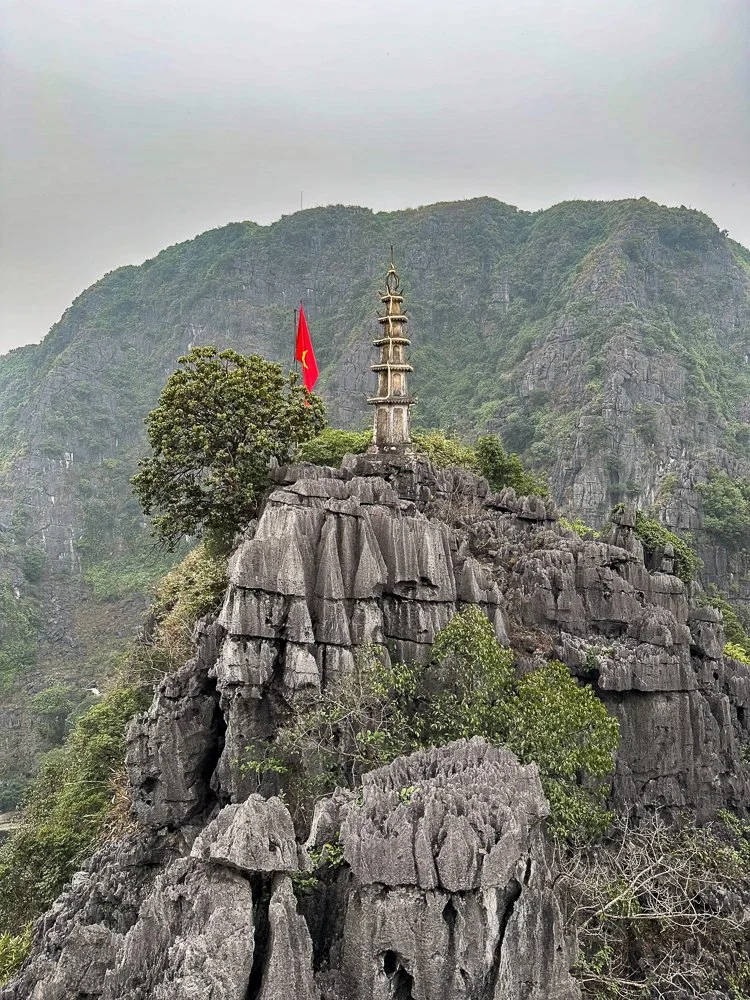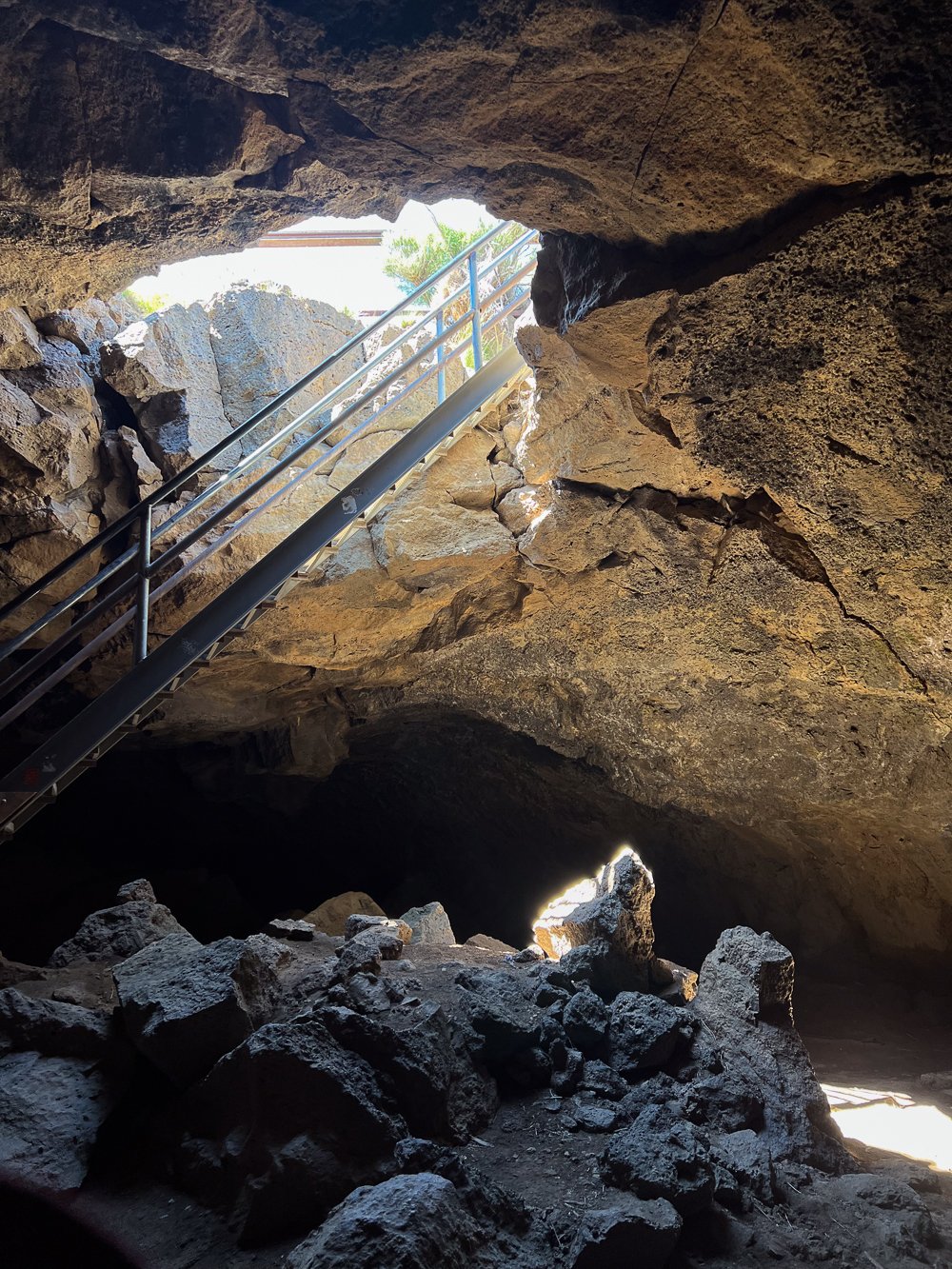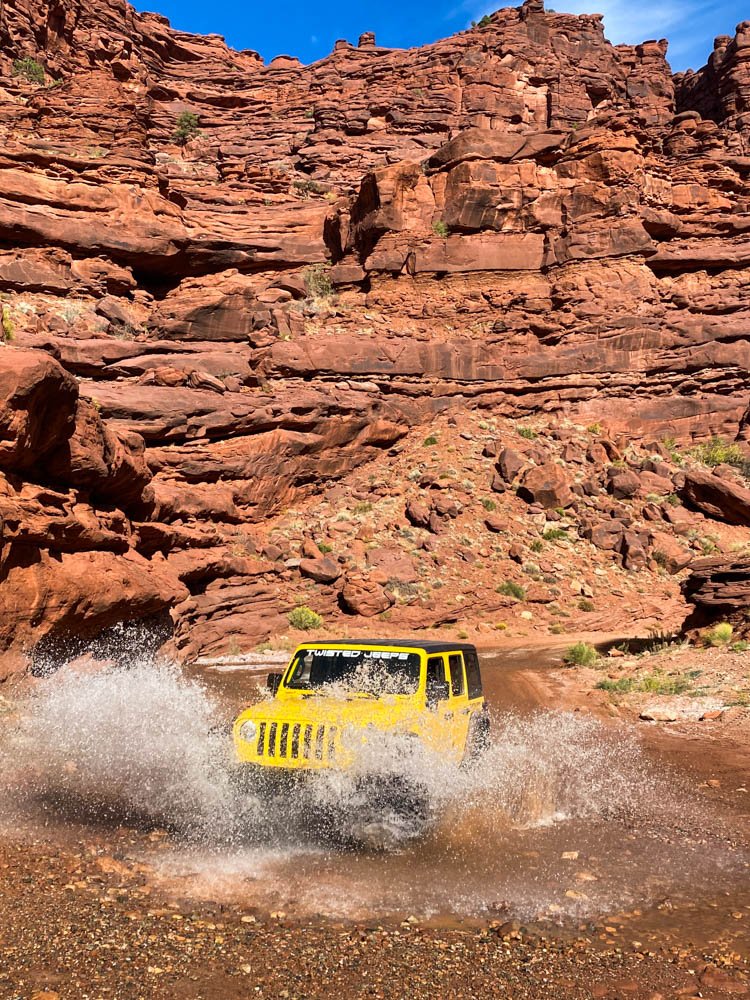21 Spooky Hikes in Washington
From ghost towns and historic military forts to Sasquatch and ghost sightings, Washington has plenty of spooky trails to keep you on your toes this fall.
Bonus: Meghann is a bookworm, so there are a few related book recommendations as well.
Northern State Ghost Town
Trail description: Washington Trails/Alltrails
Distance: 5 miles
Elevation gain: 50 feet
Season: Year round
Parking Pass needed: None
Dogs allowed on a leash: Yes
Area: North Puget Sound
In 1912, years before mental health was remotely understood, the Northern State Mental Hospital quickly became Washington’s most crowded psychiatric hospital. Most of the patients weren’t ill, although they’d been admitted for being immigrants, depressed, rebellious, addiction, experiencing menopause, and the like.
Patients were experimented on, given heavy sedation, and often sterilized. Visit and you’ll find nearly 1,500 unmarked graves at the cemetery. Walk through the property’s trails, but don’t go in the structures as they are not structurally sound. There is plenty to see just by gazing in.
Read The Woman They Could Not Silence by Kate Moore for more on insane asylums in this era.
Tubal Cain Mine
Trail description: Washington Trails/Alltrails
Distance: 7.2 miles
Elevation gain: 1,600 feet
Season: June to October
Parking Pass needed: Northwest Forest Pass
Dogs allowed on a leash: Yes
Area: Olympic Peninsula
You’ll find remains of mines on the Tubal Cain Trail, but the real destination is off the spur trail to Tull Canyon. That’s where you’ll find the site of a B-17 plane crash from 1952. Three of the eight passengers onboard died in the crash. It felt very eerie when we visited.
Read I had to Survive: How a Plane Crash in the Andes Inspired My Calling to Save Lives by Dr. Roberto Canessa
Iron Goat Trail
In 1910, a passenger train called the Spokane Express and a mail carrier train were both stopped on the tracks in the central cascades. They were experiencing blizzard conditions, snowed in place for nearly six days. Several passengers decided to leave on foot, but most remained waiting for the storm to pass.
On March 1st, lightning struck the mountainside and triggered an avalanche above the train. It sent the train cars tumbling over 150 feet into the Tye River Valley, where the wreckage became buried in dozens of feet of snow. In all, 96 perished, none of which were the passengers who left on foot.
Hike at the Wellington Ghost Town or Iron Goat Trail today and you’ll find the remnants of the snow shed and tunnels, although the railroad tracks have been taken out.
Read The White Cascade: The Great Northern Railway Disaster and America’s Deadliest Avalanche by Gary Krist to hear more about the disaster or Deep Survival: Who Lives, Who Dies, and Why by Laurence Gonzales for insight on who is likely to survive accidents in the wilderness.
Mining ghost towns
Visit the Fairfax Ghost Town, Melmont Ghost Town, Copper City Ghost Town, or the Franklin Ghost Town to find overgrown remnants of buildings, cars, and abandoned mines. Miners faced dangerous conditions in all the mines, but the Franklin Ghost Town had the worst accident, with a fire in the mine that led to seven suffocating.
Read Deep Down Dark by Héctor Tobar for the story of 33 men trapped in a Chilean mine.
Snoqualmie Tunnel
Trail description: Washington Trails
Distance: 5.3 miles
Elevation gain: 0 feet
Season: May to October
Parking Pass needed: Discover Pass
Dogs allowed on a leash: Yes
Area: Central Cascades
Part of the Palouse to Cascade Trail, you’ll reach the tunnel one-third of a mile into your hike. It’s 2.3 miles long and very chilly inside, so bring warm layers (more on this below) and a headlamp. It’s a great trail to bike as well, although it is bumpy and impossible to see past your headlamp. To get the full spooky effect of this trail, turn off your headlamps a way into the tunnel and observe the darkness before moving on.
Lime Kiln Trail
Trail description: Washington Trails/Alltrails
Distance: 7 miles
Elevation gain: 625 feet
Season: Year round
Parking Pass needed: None
Dogs allowed on a leash: Yes
Area: North Cascades
Hike through a beautiful mossy forest along a river canyon following abandoned railroads and kilns. The overgrown structures are what give this trail a haunting vibe.
Spruce Railroad
Trail description: Washington Trails/Alltrails
Distance: 5 miles
Elevation gain: 250 feet
Season: Year round
Parking Pass needed: None
Dogs allowed on a leash: Yes
Area: Olympic Peninsula
In 1937, a woman named Hallie Latham Illingworth was murdered by her husband and dumped in Lake Crescent. Her body was found in 1940, and her husband was eventually arrested and found guilty.
Today, Hallie is known as the Lady of the Lake. Rumor has it that her spirit haunts the area, crying out for help.
Walk or bike as far as you like on this trail or stop one mile in at the Punchbowl.
North Head Lighthouse
Trail description: Washington Trails/Alltrails
Distance: 0.75 miles
Elevation gain: 25 feet
Season: Year round
Parking Pass needed: Discover Pass
Dogs allowed on a leash: Yes
Area: Southeast
Walk this short trail to gaze over cliffs at the ocean below. This spot is known as the windiest place on the coast (bring warm layers), and it has waves that can reach up to the lighthouse during winter storms.
It’s said that both the lighthouse keepers and assistant lighthouse keepers' homes are haunted, either from the first lighthouse keeper's wife who fell off the cliff, or from the many shipwrecks along the coast.
World War II Forts
The “Triangle of Fire” made up part of Washington’s coastal defense system between 1898 and 1917. It consisted of three military forts, complete with bunkers, gun mounts, and more that are open to the public.
Explore Fort Worden, Fort Flagler, or Fort Casey — just be on the lookout for ghosts of troops and officers. Bring a flashlight because the bunkers have lots of dark rooms to explore!
Fort Worden
Silver Mountain
Trail description: Washington Trails/Alltrails
Distance: 6.4 miles
Elevation gain: 1,990 feet
Season: Year round
Parking Pass needed: Discover Pass
Dogs allowed on a leash: Yes
Area: Columbia River Gorge
There is photo evidence of a possible Sasquatch sighting at the summit of Silver Mountain and many more tales of Sasquatch near the Gifford Pinchot National Forest nearby. See the photos here, and try to find bigfoot here for yourself.
South Coldwater Trail
Trail description: Washington Trails
Distance: 7 miles
Elevation gain: 1,400 feet
Season: May to October
Parking Pass needed: Northwest Forest Pass
Dogs allowed on a leash: Yes
Area: Mount St. Helens
The blast zone of Mount St. Helen’s 1980 eruption is eerie enough, but this trail also has abandoned logging equipment. You’ll find a bulldozer near the trail and remnants of other machinery scattered about.
If you’re headed this way, check out our blog with other activities at Mount St. Helens to round out your day
Hoh Rainforest
The Hoh Rainforest is otherworldly in a spooky, twisted trees dripping in moss sort of way. Go early or late in the day for the calmest atmosphere. Take the Hall of Mosses trail to view the iconic rainforest, or head to Five Mile Island to get away from the crowds.
Ape Caves
Trail description: Washington Trails/Alltrails
Distance: 2.8 miles
Elevation gain: 350 feet
Season: March to October
Parking Pass needed: Northwest Forest Pass
Dogs allowed on a leash: No
Area: Mount St. Helens
If hiking miles into a pitch-black 2,000-year-old lava tube isn’t spooky, then what is? This hike is more of a scramble, so we advise bringing a headlamp for each person in your party rather than relying on flashlights.
It’s always 42 degrees in the cave, so bring warm layers, gloves, and hats (more on this below).
Ape Caves rules:
Purchase a $2 permit for each vehicle you’ll have at the trailhead before hiking here.
No pets
No food
No smoking
No collecting rocks
No touching the walls (this harms the cave ecosystem)
Gnome trail
Trail description: Alltrails
Distance: 0.7 miles
Elevation gain: 78 feet
Season: Year round
Parking Pass needed: Unknown
Dogs allowed on a leash: Yes
Area: Central Cascades
This one is more of a kid-friendly spooky hike, with gnomes hidden throughout the trail. The trail is a bit uneven at times, so it’s not stroller friendly.
Parking passes
Most trails in Washington require you to hang a parking pass on your windshield. There are three different passes and some overlap in coverage. Each vehicle that you have parked at a trailhead will need a pass. Most trailheads don’t have places to purchase passes, so get them beforehand at your local REI, ranger station, or online.
Free days: There are free days for Washington state and national parks too. Check here to see the list of dates for state parks, and here for national parks, or visit your local library to borrow a Discover Pass.
-
The Discover Pass covers all of Washington’s state parks. They’re $12 for a day pass or $35 for the annual pass. This is the only pass that covers state parks.
-
The America the Beautiful Pass covers parking in all U.S. national parks, but also national forests as well. This is the pass we use most often because it covers such a broad range of areas. It costs $80 for an annual pass.
You can also buy national park passes specific to the national park you’ll be visiting. This costs $30 for a seven-day pass or $55 for an annual pass per park. These passes don’t provide national forest coverage, and since there are three national parks in Washington, the America the Beautiful Pass is a great investment.
-
The National Forest Pass is $10 for a day pass or $30 for the annual pass. They’re valid in Washington and Oregon and are required for so many hikes. If you plan on buying an America the Beautiful Pass, it covers national forest land too, so you don’t need both.
Leave no trace
Please be respectful and follow the Leave No Trace Principles on your hikes in Washington. It’s important to stay on designated trails and stay out of areas off limits to the public.
Search the blog for more adventures! Try searching for topics such as “camping”, “waterfalls”, or “Washington”.

















